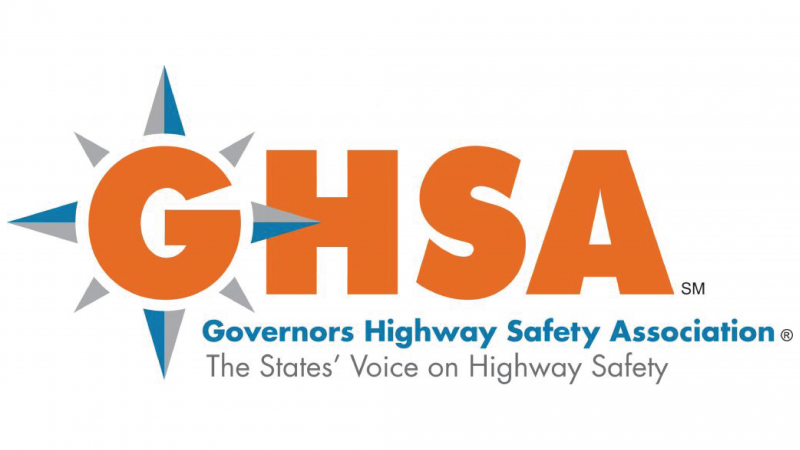Alabama Teens and Driving Safety: Tips for Teachers
Be an example of a safe and courteous driver (i.e. avoid speeding, do not use cell phone while driving). Organize activities to limit the number of teens traveling together in a car. If activities require multiple cars, have an adult drive the lead car to control speed.
